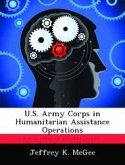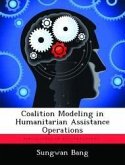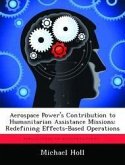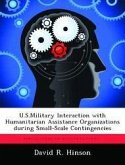Airships played an important role in the US military early in the 20th century. After World War II the United States (US) military's interest in airships waned and airship operations terminated. This was due in part to advances in technology like fixed-wing aircraft. Over the next six decades, military capabilities and technologies continued to advance. These advances make the US military well suited to assist nations once disasters strike. As a result, the US receives numerous requests by foreign countries, federal agencies, and non-governmental organizations (NGOs) for US military support during Foreign Humanitarian Assistance (FHA) operations. These operations are often complicated by limited or devastated infrastructure. Even though relief usually arrives within a day or two by air and within a week by ship, poor infrastructure can seriously delay the arrival of relief by any means, creating a gap in humanitarian assistance. Hybrid airships have the ability to surpass this limited infrastructure and deliver vital supplies directly where needed, quicker than before, and at a reduced cost. This research paper will explore the hybrid airship's suitability in support of future FHA operations. Topic: 11Air Force Fellows001 - Hybrid Airships:








